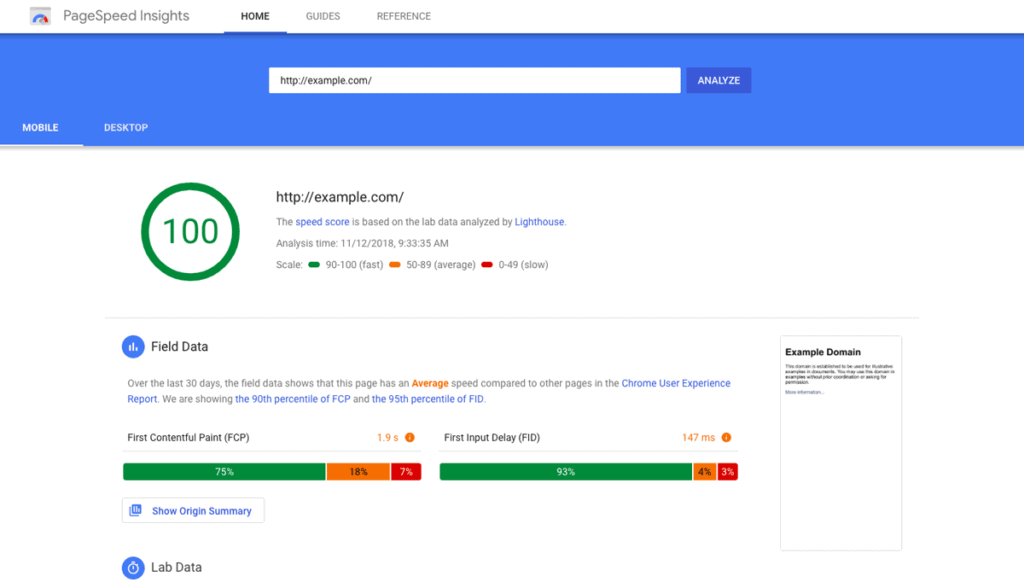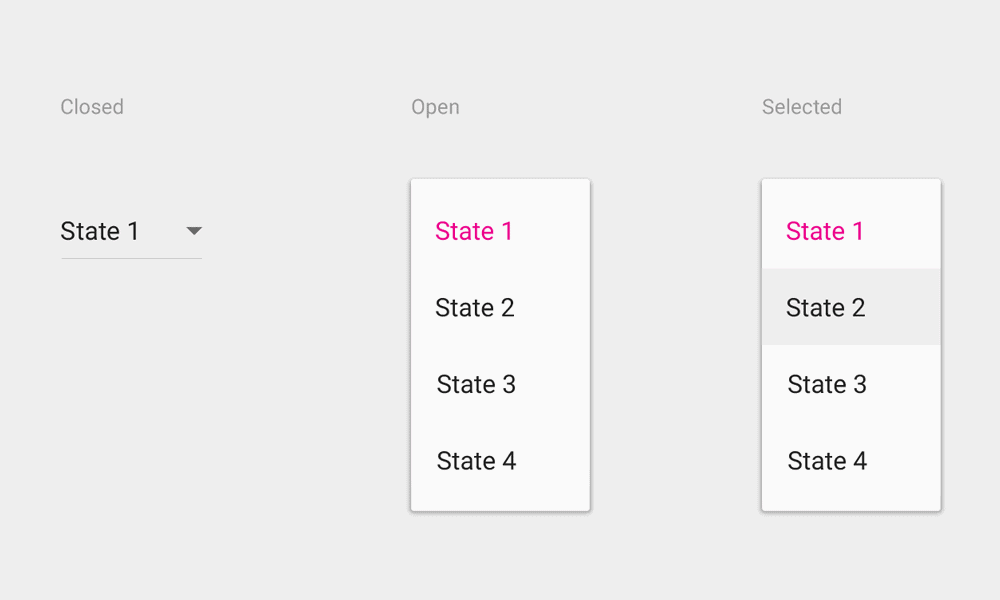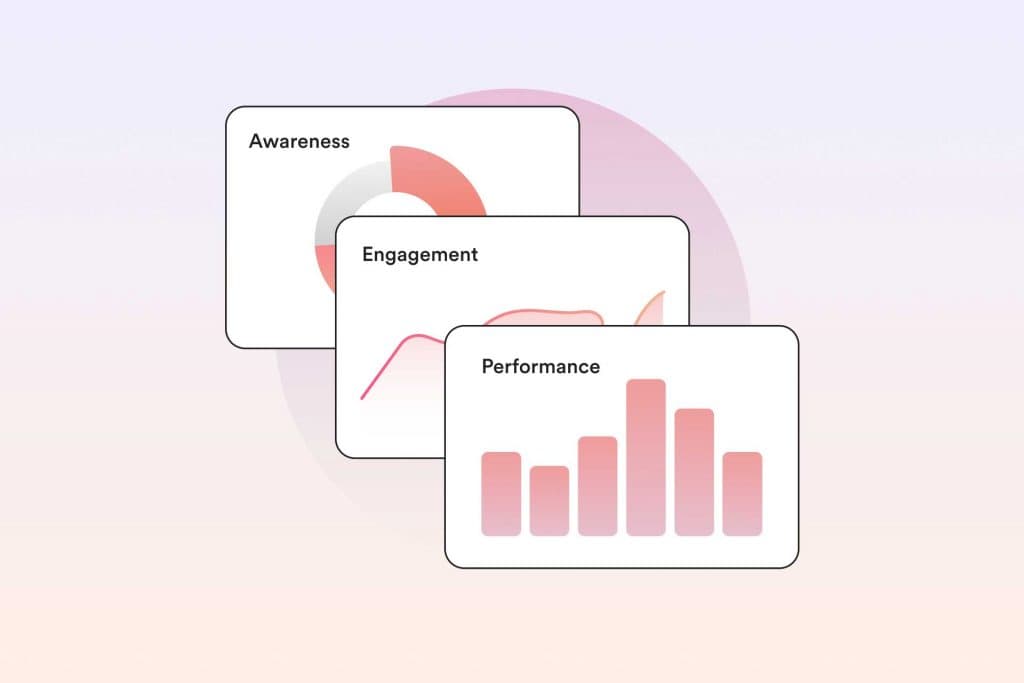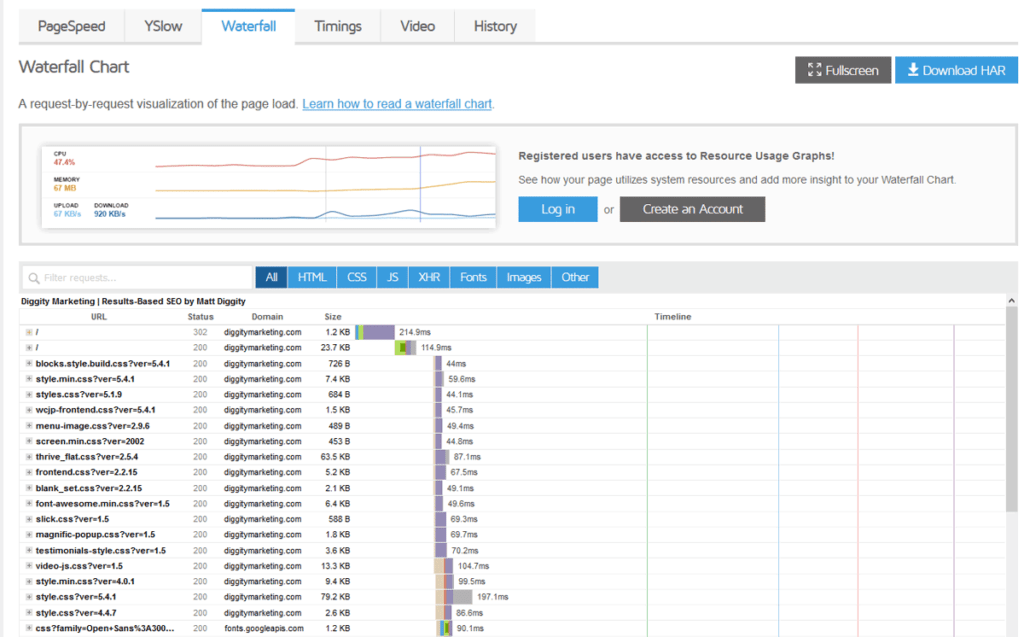Optimise your Website: Guide to Boosting Site Performance
Did you know your website is often your first impression on potential customers? An unoptimised site that is slow, difficult to navigate, or reactive on mobile devices can mean losing visitors before they even explore your offerings. By optimising your website, you can provide a smooth, seamless experience that turns more visitors into loyal customers. This comprehensive guide will investigate critical areas to focus on when you optimise your website.
Table of Contents
Why Website Optimisation Matters
You may be wondering if all this website optimisation stuff is vital. In a word – yes! Consider these statistics:
- 53% of mobile site visitors will leave a page that takes longer than 3 seconds to load (Google)
- Pages with faster load times can increase conversion rates by up to 40% (Cloudflare)
- Pages optimised for mobile had conversion rates up to 60% higher compared to unoptimised pages (Statista)
The data shows that optimising site performance impacts conversion and revenue. Let's explore exactly how to do it.
Optimise your Website Speed

Site speed is a critical component of the user experience. Faster sites engage and retain visitors better. Here are key areas to address:
Enable Caching
Caching stores pages, images, and other files for reuse so they load faster. Most content management systems and hosting providers offer built-in caching options. Enable this for improved speed.
Compress Images
Large image files slow downloads. Use tools to compress images without sacrificing quality. TinyPNG and Optimizilla are popular options.
Minify CSS/JavaScript
Minification removes extra spaces and lines from code files to reduce size. Many plugins like Autoptimize handle this automatically.
Upgrade Web Hosting
Consider switching to a web host optimised for speed, like Cloudways or Kinsta. More advanced infrastructure improves performance.
Limit Redirects
Too many unnecessary redirects increase load times. Eliminate unnecessary redirects using site analytics.
Enable GZIP Compression
GZIP compresses files during transfer, so less data travels back and forth. Most managed WordPress hosts have this active by default.
Addressing these essential items can improve site speed metrics and provide a smoother experience. Monitor speed with services like Pingdom or WebPageTest to catch any new issues.
Optimising for Mobile Devices

With more than 60% of traffic coming from mobile devices, optimising for mobile is mandatory. Focus on:
Responsive Website Design
Responsive design automatically adapts site layout across different devices. Mobile-friendly, flexible templates enable this.
Accelerated Mobile Pages (AMP)
AMP simplifies mobile pages for speed. Though controversial, implementing it specifically for mobile landing pages can aid conversions.
Minimal Design Elements
Too many design elements slow mobile loading. Simplify site graphics, animations, and effects. Rethink anything data-heavy.
Mobile Load Testing
Continuously test mobile performance and review analytics data segmented by device categories. This ensures you catch mobile issues early.
Mobile-Friendly Navigation
Use large navigation buttons, clear calls-to-action, and designs disabling pinch/zoom needs—Minimise efforts for visitors.
With 59% of users abandoning sites that don't satisfy them, every mobile optimisation effort is worthwhile.
Enhancing Site Navigation

Visitors who cannot easily navigate your site to find essential information will leave. Here is how to optimise navigation:
Include Search Functionality
On-site search allows quick access to find products, pages, and content. Most CMS platforms and templates have search built-in or are available via plugins.
Implement Breadcrumbs
Breadcrumbs (Home > Shop > Gifts) show visitors their location. This helps reorient them if lost and built into most CMS platforms.
Menu Organisation
Organise site navigation menus and category architecture intuitively and logically suited to your offerings. Group related items and use clear naming.
Page Structure Best Practices
Adhere to web writing best practices on individual pages and posts – concise paragraphs, scannable content, strategic bolding, quality headings, etc.
Testing and Analytics
Leverage heat mapping tools to see where visitors click and scroll. Use analytics to watch funnel abandonment points. Continuously optimise based on actual visitor actions.
With some forethought and strategic testing, you can craft intuitive navigation to keep visitors engaged. Poor navigation causes up to 50% of shopping cart abandonment. Don't let it happen to you.
Optimising Site Content

Your website content has immense power to educate, excite, convert, and retain your ideal customers. Ensure you avoid these common content mistakes:
Typos and Grammatical Errors
Minor writing quality issues undermine your brand's professionalism and damage trust. Invest in proofreading and editing.
Outdated Information
Stale, obsolete content suggests the same about your business. Consistently audit and refresh site copy across all pages, posts, and sections.
Overly Promotional Language
Avoid “hypey” claims lacking factual details and come across as insincere. Establish expertise through educational content instead.
Targeting Wrong Keywords
Choosing nonspecific, low-traffic keywords wastes SEO efforts. Research each page's focus keyword thoroughly.
Ignoring Readability
Big paragraphs of text are difficult to digest. Break content into scannable sections using headings, lists, and spacing.
Not Defining Acronyms
Write out each acronym before abbreviating—for example, Search Engine Optimisation (SEO). Assume no prior knowledge from readers.
Weak Calls to Action
Convert more visitors by using strategic, compelling calls to action phrases tied to their intent—test variations to determine what works best.
By addressing these content areas, your copy will better convince, inform, and guide visitors into desired actions and conversions. Spend time perfecting site content, for the payoffs will be sizable.
Technical Website Optimisations

While some website optimisation tactics are about design and content, you must also address critical technical elements for maximum results:
Optimise Page Size
Excessive page size bogs download speed. Audit each page and trim unnecessary code clutter, enable compression, and simplify design files.
Install Caching Plugins
Caching stores page components in temporary memory locations for faster retrieval—test plugins like LiteSpeed Cache, WP Rocket, and W3 Total Cache.
Choose a Fast Web Host
Not all hosting infrastructure handles resource demands equally—research leaders like Kinsta and Cloudways for managed WordPress hosting.
Upgrade to PHP 7+
Newer PHP versions include substantial speed and security improvements. However, legacy plugins may need updates to support, so test rigorously.
Eliminate 404 Errors
These dead links frustrate visitors. Set up redirects for changed URLs. Implement checks for link accuracy.
Enable WebP Image Support
WebP images load much faster with nearly identical quality. Use plugins to convert images automatically, then verify compatibility across devices.
Take time to understand and test these technical optimisation tactics for measurable gains across website speed and experience metrics. They truly impact conversions and require vigilant monitoring.
Optimising Site Security

Security vulnerabilities quickly undermine consumer trust in your brand. Prioritise these areas:
Strong Passwords
Enforce strong passwords following best practices on length, special characters, regular changes, and password managers. Never repeat or reuse passwords.
Limited Admin Users
Reduce employees granted WordPress admin access, which enables extensive site changes. Only essential personnel should have admin rights.
Disable File Editing
Disable the file editor in WordPress to prevent intruders from injecting malicious code. Use SFTP to transfer legitimate files instead.
SSL Implementation
Install SSL certificates to enable site encryption and HTTPS protection. Free options like Let's Encrypt are available.
Automatic Updates
Enable automatic WordPress, theme, and plugin updates to patch vulnerabilities quickly. Test rigorously before updates go live.
Security Plugins
Leverage plugins like WordFence to continually monitor threats, block attackers, prevent brute force login attempts, schedule malware scans, and receive email alerts.
Vigilance across these security tactics reduces your risk considerably. Revisit and test them frequently as new threats constantly emerge.
Optimising Site SEO

Search Engine Optimisation (SEO) significantly impacts discovering your content and offerings. Here are key areas to address for better visibility and search rankings:
On-Page Optimisation
Optimise individual site pages for target phrases by placing the keyword in strategic areas like titles, URLs, headings, image names, opening sentences, and scattered throughout the content.
High-Quality Backlinks
Earn backlinks from relevant industry websites to signal search engines that your content provides value. But ensure links come from trusted domains, not spam networks.
Useful Meta Descriptions
Write compelling snippets under 157 characters used by Google when displaying search entries. Encourage clicks while representing content accurately.
Mobile Responsiveness
With mobile-first indexing standards, mobile optimisation aids rankings. Review speed and navigation on phones to meet searcher expectations.
Schema Implementation
Schema code enhances how your content appears in results by adding reviews, breadcrumbs, business info, etc. Easy plugins add and optimise this automatically.
Follow these SEO best practices to become discoverable by more potential customers seeking your offerings and establish yourself as an industry leader online. But avoid unethical “black hat” tactics at all costs or risk severe penalties.
Continuously Optimise Over Time
Like many website owners, this initial optimisation process may feel overwhelming. The key is avoiding the temptation only to do it once.
Dedicate resources on an ongoing basis across all these areas. Appoint team members to be accountable for continually monitoring and testing site performance. Assign dates to recheck elements quarterly or annually, depending on the area.
Analytics tools and consistent audits will point out new issues over time. Visitor preferences and behaviours shift as new technologies and platforms emerge. SEO tactics adapt in response as well.
Treat optimisation as an integral, long-term business process, not a one-off project. Evolving your site in alignment with customer needs and industry innovations is the only way to optimise over the long haul.
Final Thoughts
A fast, seamless, secure website drives more traffic, leads, and sales over time. By committing resources across better speed, navigation, content quality, technical components, security protections, and search visibility, you equip yourself for success.
Approach website optimisation holistically – from page load times and site architecture to copywriting and SEO rankings. Tackle the most urgent issues first, then nurture ongoing habits to address problems proactively, not just reactively.
While initially daunting, the payoff for taking these actions is invaluable. Each area you optimise strengthens website performance as a sales driver and brand platform overall. The effort required pales compared to higher conversions and customer loyalty rewards.
The checklist below summarises all critical areas covered in this comprehensive website optimisation guide. Use it as a reference point moving forward to keep your efforts on track:
Website Optimisation Checklist
Speed Optimisations
- Enable caching
- Compress images
- Minify CSS/JavaScript
- Upgrade web hosting
- Limit redirects
- Enable GZIP compression
Mobile Optimisations
- Implement responsive design
- Test with Accelerated Mobile Pages (AMP)
- Reduce design elements
- Conduct mobile load testing
- Ensure mobile-friendly navigation
Navigation Optimisations
- Include search functionality
- Implement breadcrumbs
- Organise menus intuitively
- Follow page content best practices
- Do heat mapping and funnel analysis
Content Optimisations
- Eliminate typos and grammar errors
- Refresh outdated information
- Minimise promotional language
- Research target keywords
- Improve readability and scannability
- Define acronyms
- Strengthen calls to action
Technical Optimisations
- Reduce overall page size
- Test caching plugins
- Choose fast web hosting
- Upgrade to PHP 7+
- Fix 404 errors
- Enable WebP image support
Security Optimisations
- Establish strong passwords
- Limit admin users
- Disable file editing
- Implement SSL
- Enable automatic updates
- Install security plugins
SEO Optimisations
- On-page optimisation for target phrases
- Gain high-quality backlinks
- Craft effective meta-descriptions
- Ensure the site is mobile-responsive
- Add markup schema
Frequently Asked Questions
What are the most crucial website optimisation tactics?
The most high-impact optimisation tactics are improving site speeds, implementing responsive mobile designs, enhancing overall site navigation, strengthening quality content, and addressing critical technical issues like caching and image compression. Start here before tackling lesser priorities.
How much can optimising my website increase sales?
While results vary widely based on existing site issues and optimisation levels, statistics show properly optimised pages yield conversion rate increases between 20-60%. Investing in optimisation efforts generates extremely high ROI long-term.
What tools are available for testing website optimisation?
Top tools include Google PageSpeed Insights, Pingdom Website Speed Test, GTmetrix, WebPageTest, Google Mobile-Friendly Test, Google Analytics, CrazyEgg, Hotjar, and ScreamingFrog Site Audit. Most offer free limited trials to test aspects of your site optimisation.
Should I focus more on site speed or content quality optimisation?
Establishing substantial website speed benchmarks should take priority, as 53% of visitors will leave a slow mobile page before reading your content. However, refining content quality becomes pivotal to sustaining rankings and engagement once reasonable site speeds are achieved.
How often should you revisit website optimisation tactics?
Audit and quarterly test core elements like site speed, responsive design, and technical components. Assess the content quality, navigation, conversion rates, and user behaviour with in-depth analytics every six months. Comprehensively reviewing all areas annually ensures you stay continually aligned to evolving best practices.
